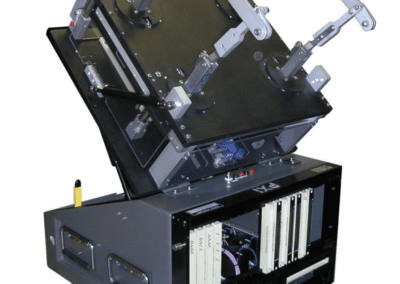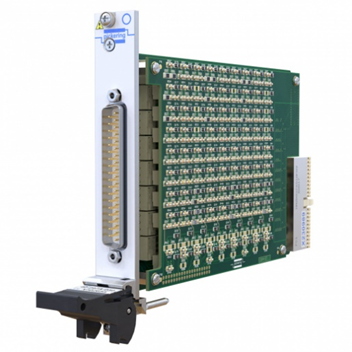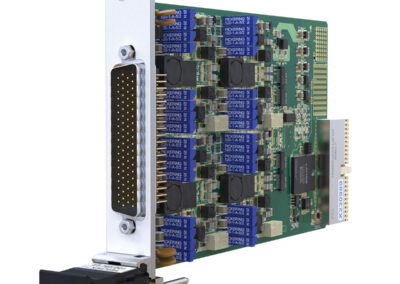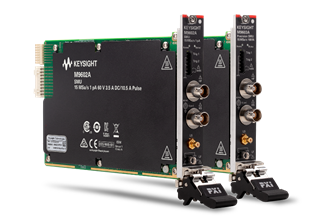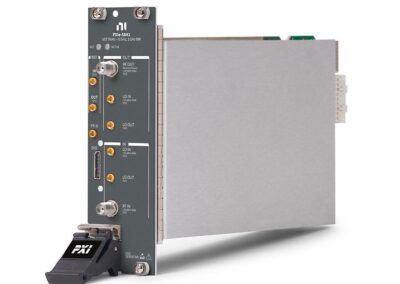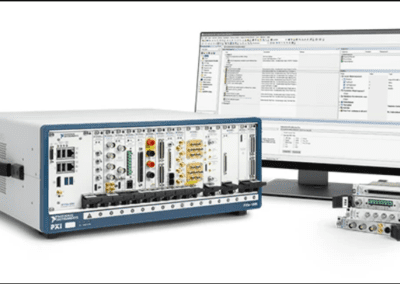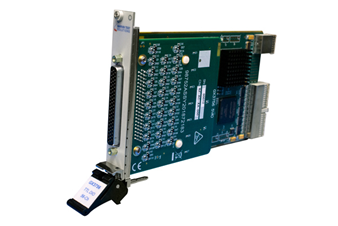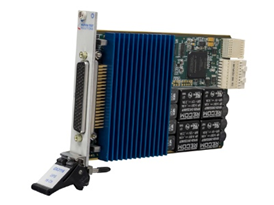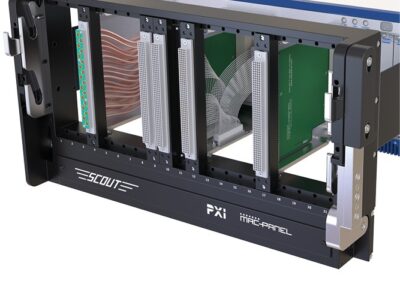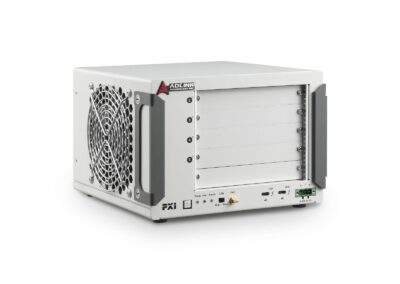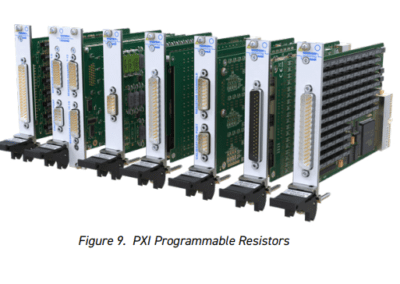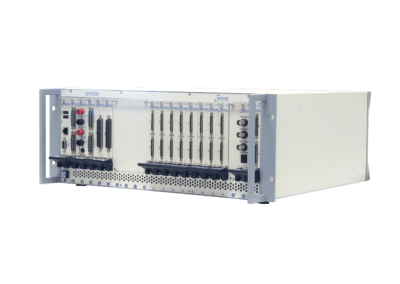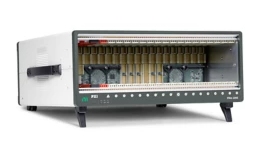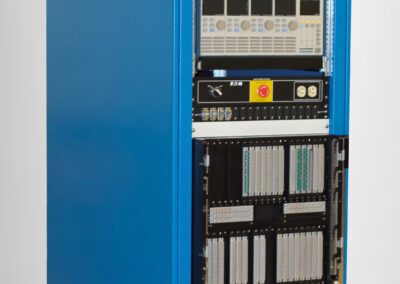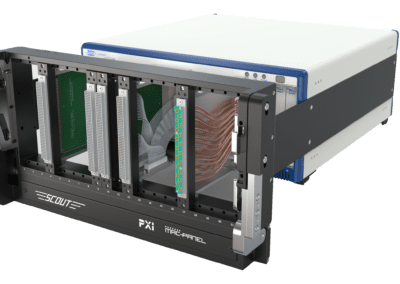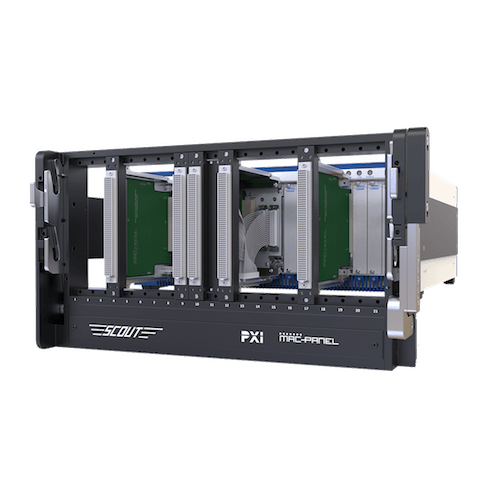Submitted by Keysight Technologies
Oscilloscopes are primarily used for benchtop applications taking advantage of the large fast displays for viewing waveforms. They provide an intuitive user interface with front panel controls so engineers can easily perform waveform acquisitions and measurements. The large displays allow waveform panning and scaling both during and after acquisition completion which is very helpful for debugging. The ability to horizontally split the display to show a zoomed portion of the waveform is commonly supported in scopes and helps search for short anomalies within long acquisitions.
It not as widely known, that PXI scopes also provide these usability features. Scope technology, migrated to a modular PXI format has retained many typical scope features, packaged in a smaller footprint, and utilizes the fast PCIe interfaces to maintain a high display refresh rate. PXI oscilloscopes, which are being used more frequently in test applications, use full featured soft front panels (SFP) allowing the same intuitive scope control and waveform visualization. PXI scope SFP’s are designed with the same focus on operator usability as the benchtop scopes, and even include use of LCD touch screen display controls. For example, when combined with a touchscreen display the M924xA scope waveforms can be panned and zoomed with simple touch interactions. The M924xA also supports Zone Touch Triggering which allows easy setup of difficult-to-define trigger events by just drawing a box with your finger. Although the M924xA is a PXI scope, the user interface has been optimized for fast refresh rates.
Continue Reading
PXI Overview
Consumers are continuously demanding better performance, in a smaller form factor, with reduced power requirements. In a world of big data, we have seen a drastic change of digital communication buses shifting from parallel to serial buses starting in the early 2000s. The transition from parallel buses to high-speed serial buses has led to devices with much smaller footprints, much higher data throughput, and lower power requirements – enabling many of the technologies such as SATA, USB, or PCI Express that consumers take advantage of today. This paper is intended to inform engineers on the fundamental concepts for high-speed serial communication links.

